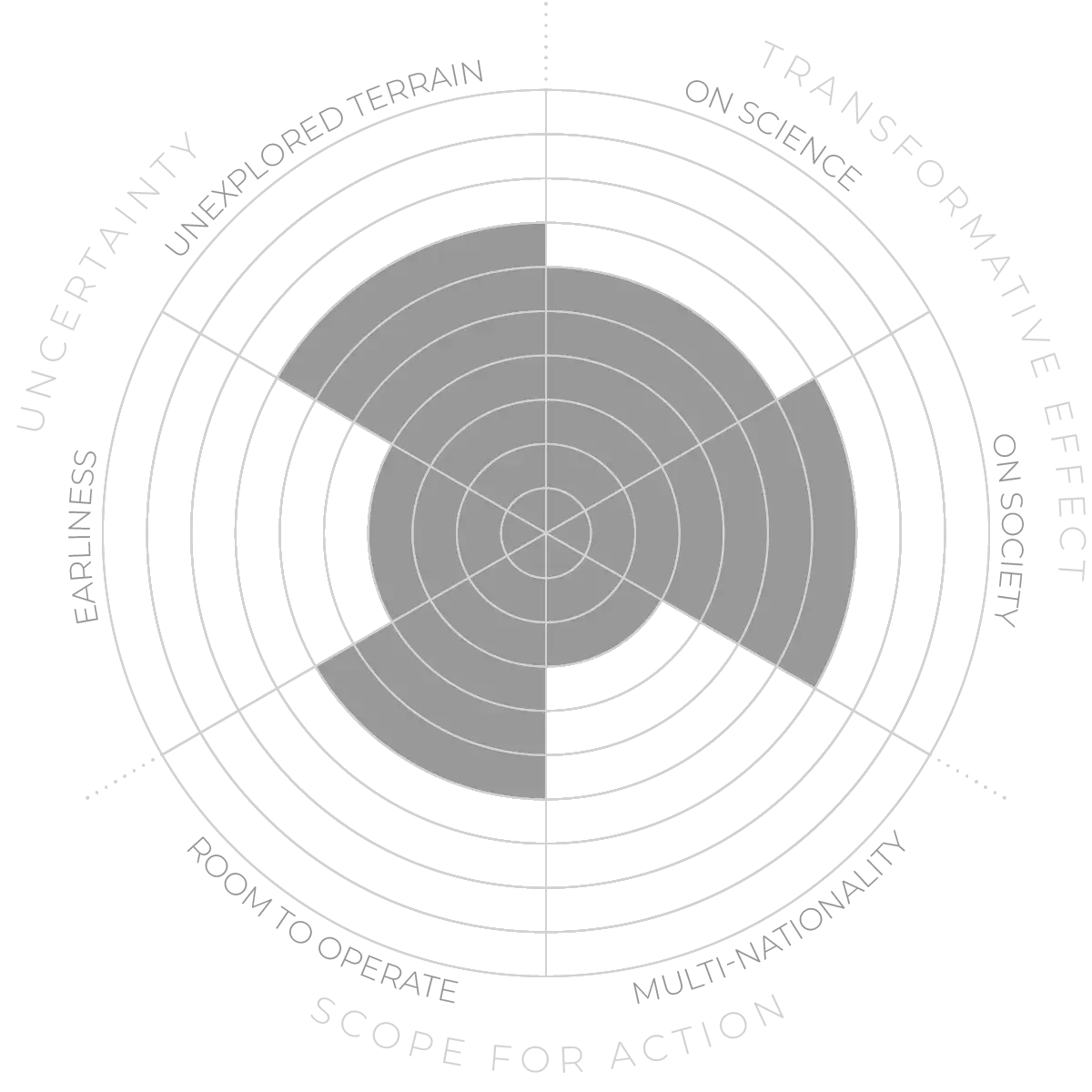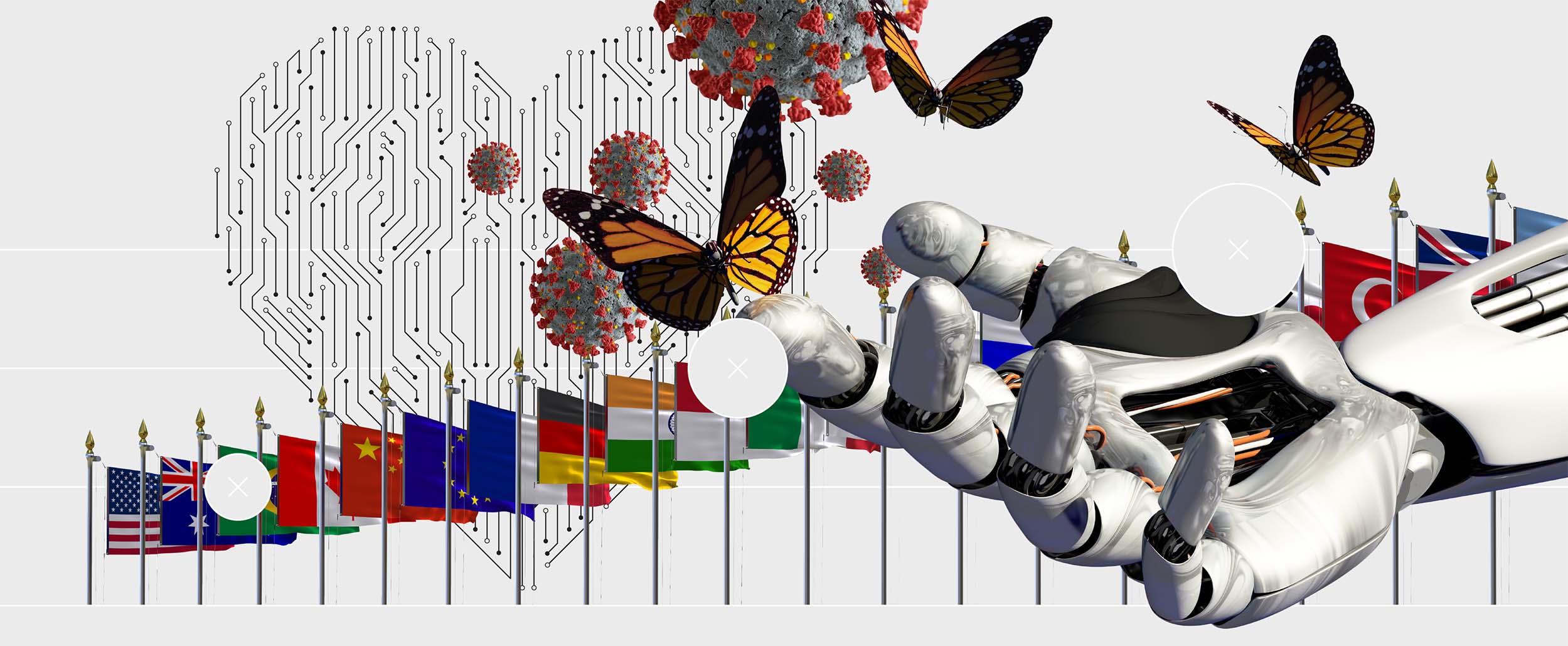Future Horizons:
10-yearhorizon
Awareness campaigns amplify the interest in design for values
25-yearhorizon
Policy-makers require design for values as a mandatory part of technology development
The technologies of intelligent cities that monitor their citizens in a privacy-respecting way and adapt to their behaviour have the scope to embody values of one kind or another. Such cities are already evolving, and it is important for us to consider — and influence — the values they will promote, in accordance with national constitutions and human rights, as well as the UN Sustainable Development Goals.
Design for values is a complex undertaking, however, and (due to feedback and side effects) such interventions are not always guaranteed to achieve their intended purpose from the beginning. As researchers in the field of machine learning have pointed out, without careful, deeply considered design, technologies can create unanticipated and perhaps unwanted consequences. In any cases, design for values has become an urgent approach to master the challenges in our increasingly technological age more successfully.
Design for Values - Anticipation Scores
The Anticipation Potential of a research field is determined by the capacity for impactful action in the present, considering possible future transformative breakthroughs in a field over a 25-year outlook. A field with a high Anticipation Potential, therefore, combines the potential range of future transformative possibilities engendered by a research area with a wide field of opportunities for action in the present. We asked researchers in the field to anticipate:
- The uncertainty related to future science breakthroughs in the field
- The transformative effect anticipated breakthroughs may have on research and society
- The scope for action in the present in relation to anticipated breakthroughs.
This chart represents a summary of their responses to each of these elements, which when combined, provide the Anticipation Potential for the topic. See methodology for more information.



